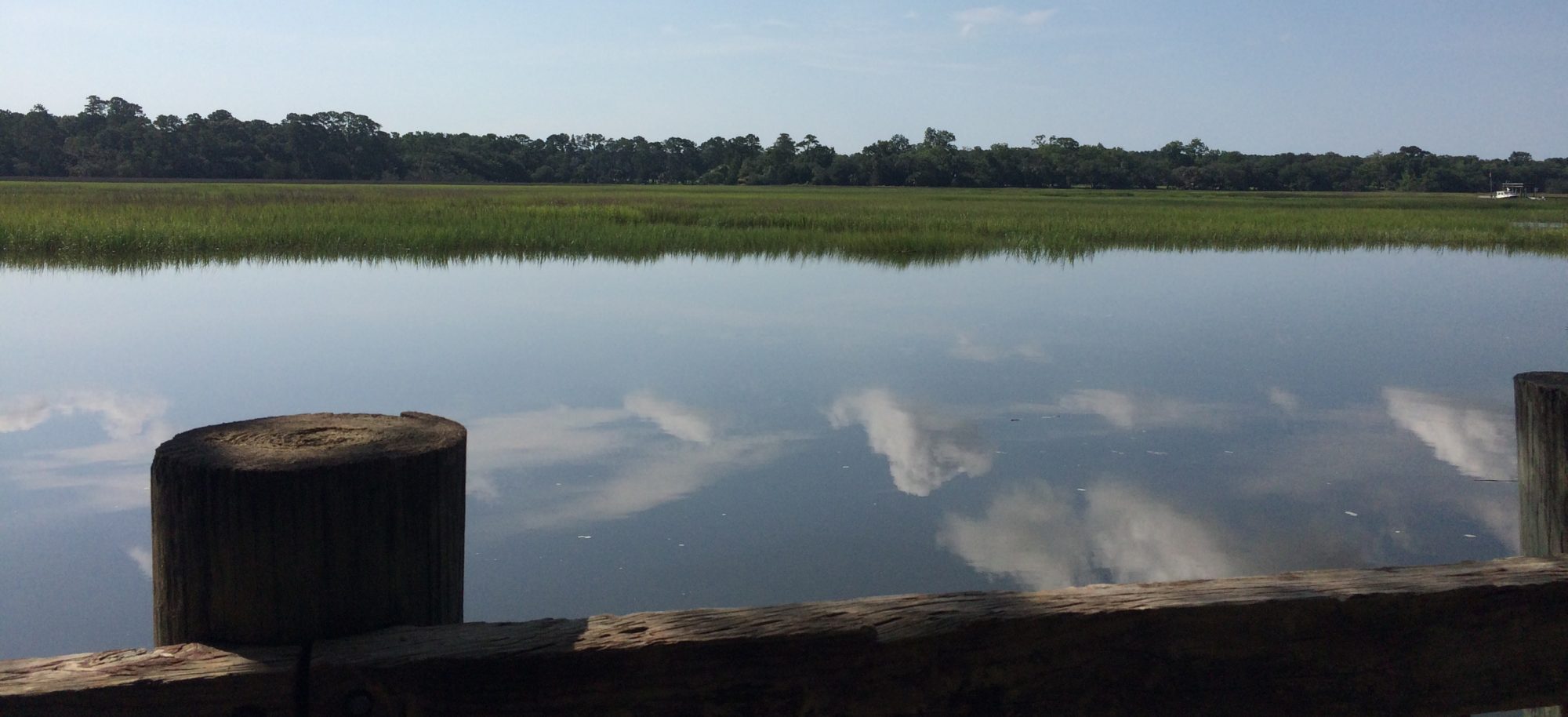Freistadt,
Wisconsin was settled in 1839 by immigrants from Prussia, a chunk of land in
what is now Germany and Poland, next to the Baltic Sea. A history compiled for
the village church’s 150th anniversary says their hard journey to a new home
was a search for religious freedom.
They apparently kept looking for it after they
arrived. A few steps down the hill from the only crossroad in the village, on
the north side of the road, lies the Buffalo Synod cemetery. It has a wrought
iron fence, freshly painted glossy black, sheltering the remains of a few dozen
souls who opted for their own spot, rather than the original Missouri Synod church
cemetery right across the road. Their particular search led to a different
conclusion, part of an internal Lutheran immigrant doctrinal dispute that began
shortly after their arrival and continued until after the close of the United
States Civil War.
Herman looks
after the little manicured plot, right next to his own front yard. He tends it
out of tradition, he says. Not his tradition, actually, as he goes to the
church across the road and expects to end up in its overflow cemetery hundreds
of yards south.
But the
Buffalo Synod’s grass is in his neighborhood, which he takes to include the box
elders and shaded turf overlying his alienated underground neighbors. There is
always the highly unlikely possibility that an ancestor of his might be buried
there, which makes it easier, though no one comes by to decorate the graves and
Herman considers short grass plenty of recognition.
Neighborliness,
that’s what it is. I hope if I end up in a neighborhood going on that long,
someone cares about me the way Herman does. I’d be planted in a little plot
with blackened gray stones reaching toward the sky, left by fellow ancestors
adherent to beliefs lost on those living in the mere present. And Herman would
drop by to cut the grass.
I’d enjoy
hearing the weed whacker whizzing overhead. Herman might even care about me more
than the guy on the riding mower in the original church cemetery across the
road trying to make his way between the stones, the ones with names everybody
recognizes as surnames on local mailboxes. I’d love the chance to give Herman
the separateness he constructs for himself every so often, escaping from his
world into our present, a quiet place, fenced and green, a little space of
solitude shared by fellow searchers.
